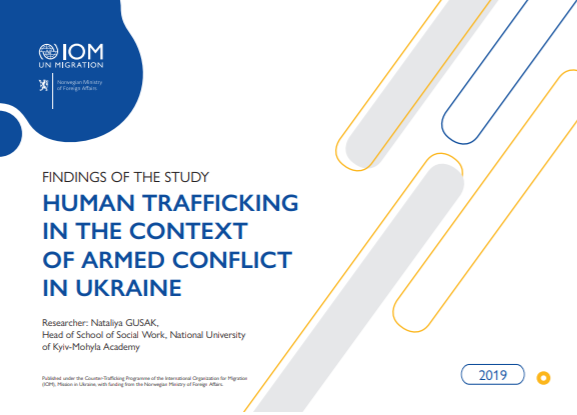Findings of the Study Human Trafficking in the context of armed conflict in Ukraine

The study aims to illustrate what are the patterns of human trafficking in the context of the armed conflict in Ukraine
Country
Worldwide
Region
Worldwide
Year
2019
Topics







